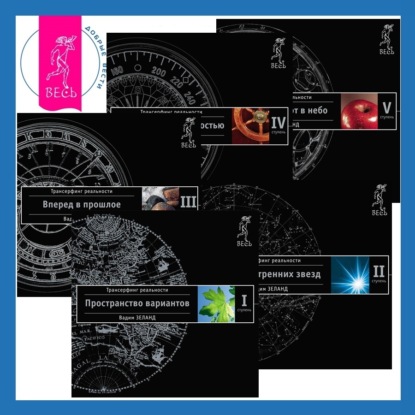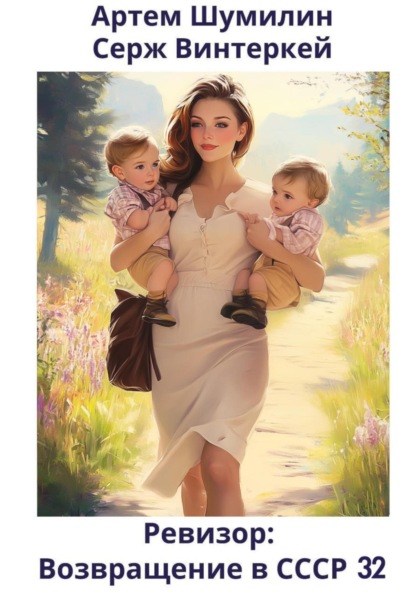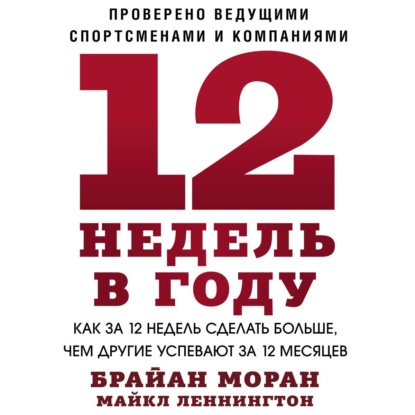Thousands of Swedes settled in Moline, Illinois, from the late 1840s through the 1920s. For many years they made up the largest ethnic group in the city. They came to work in the plow factories and to join relatives who were here before them. Lilly Setterdahl has drawn from many different sources and brought forward a mosaic of facts and photographs. The reader will learn about the environment facing the new immigrants, how they conquered the challenges of adapting to another culture and language to become Americans and, in many cases, significant contributors to society. Other immigrants groups, no doubt, experienced the same tribulations and rewards. The work at hand is unique in many ways. As far as is known, no other Swedish-American researcher has attempted to include smaller businesses in similar studies. Fifty different business categories are included. Find out where the Swedes worked, shopped and went to church, what papers they read, and which clubs and lodges they joined. What was their journey to America like, their arrival in Moline, and every-day life? Did they ever visit Sweden? These are questions asked by many descendants. Sample descriptions are included. So are first-hand experiences recorded on tape with Swedish Americans in Moline. The work concludes with family histories that cover several generations and reveal the upward movement in society. Sometimes the immigrant trail winds through places in the East, the Midwest and even the West. Many Swedes settled in the farming communities in northwestern Illinois. The connection to Moline then is through their descendants. While the general history of the Swedes in America is relatively well docu-mented, local histories still remain largely untapped. With this richly illustrated publication, Lilly Setterdahl fills one gap on the subject in the Midwest, which was so prominently settled by Swedes. Это и многое другое вы найдете в книге Swedes in Moline, Illinois 1847-2002 (Lilly Setterdahl)
Swedes in Moline, Illinois 1847-2002 Lilly Setterdahl (книга)
Подробная информация о книге «Swedes in Moline, Illinois 1847-2002 Lilly Setterdahl». Сайт не предоставляет возможности читать онлайн или скачать бесплатно книгу «Swedes in Moline, Illinois 1847-2002 Lilly Setterdahl»















